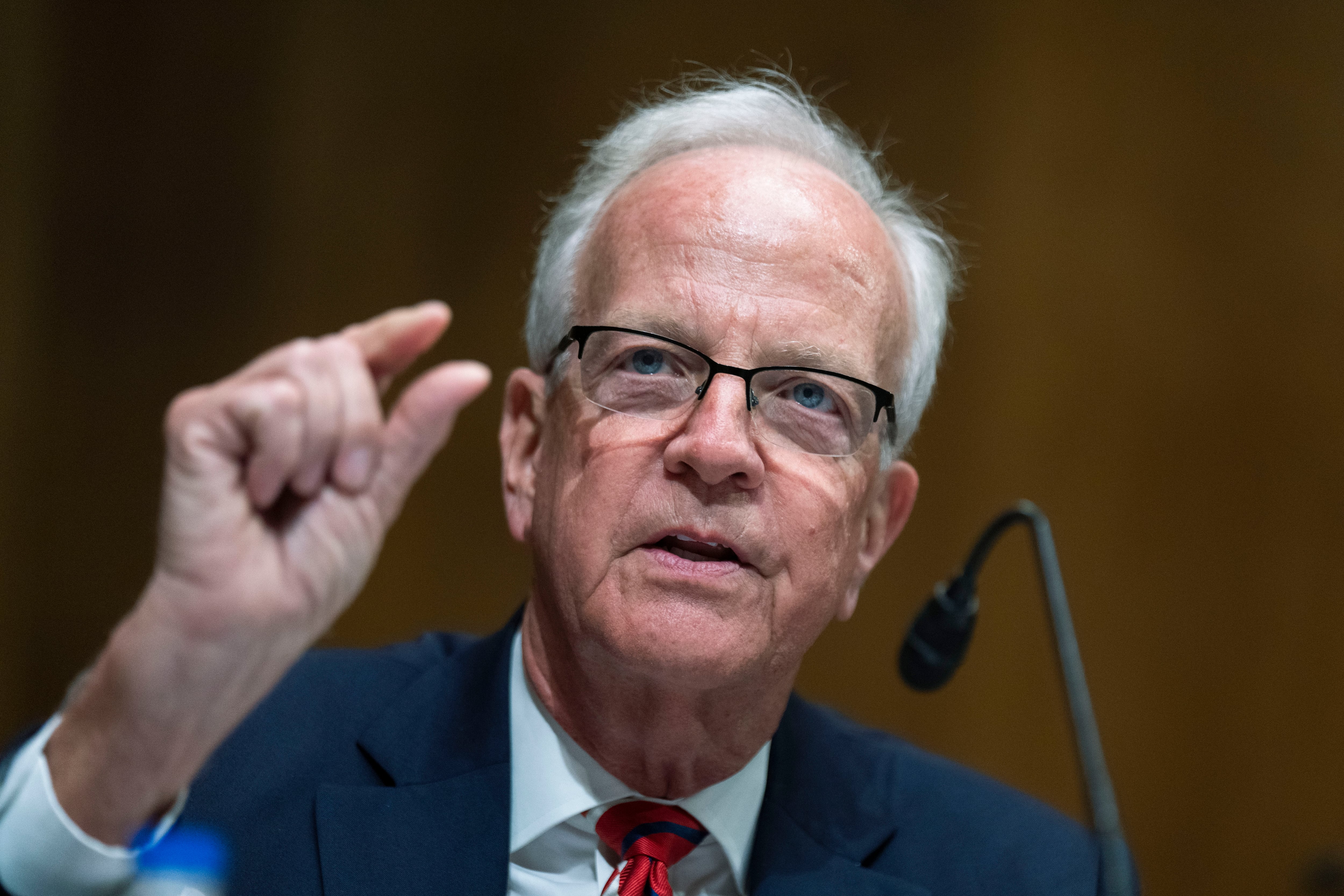WASHINGTON ― The Pentagon would have $758 million to help mid-tier defense firms weather the financial effects of the coronavirus pandemic as part of the annual defense spending bill approved by the House Appropriations Defense Subcommittee on Wednesday.
But the aid, which was part of the panel’s proposed $694.6 billion bill, falls short of the “lower double-digit billions” Pentagon officials say defense firms will claim under the stimulus bill Congress passed in March.
As Congress debates the next stimulus, the defense industry has been urging lawmakers to appropriate enough to reimburse the Pentagon’s suppliers for pandemic-related disruptions. Under Section 3610 of the Coronavirus Aid, Relief, and Economic Security Act, contractors can seek to recover such costs, but Congress has yet to appropriate money for it.
“While helpful and our industry appreciates the recognition of the need in the HAC mark and all the support we have received from the Pentagon and Congress to date, this level is insufficient to provide the support indicated previously by [the Office of the Secretary of Defense] and also by company leaders who have been communicating with the Pentagon, the Congress and the White House, including [the Office of Management and Budget],” said National Defense Industrial Association Vice Chairman Arnold Punaro.
“We are urging that the next stimulus bill provide the needed funds particularly to support section 3610, the reasonable adjustments due to disruptions, and the added costs of protecting the workforces and doing business in a COVID-19 environment,” he added.
Not all of the details of the defense bill were available Wednesday, but a committee summary says it provides “$758 million to mitigate the impacts of COVID on second, third, and fourth tier suppliers in the Defense Industrial Base.”
Such support would supplement $688 million for the defense-industrial base that the Department of Defense previously set aside as part of the $10.5 billion it got from the coronavirus relief fund created under the CARES Act.
Under Secretary of Defense for Acquisition and Sustainment Ellen Lord warned Congress last month that the DoD’s pandemic-related costs, which include Section 3610 claims, may nonetheless force it to dip into modernization and readiness accounts if Congress doesn’t backfill the money.
“The department does not have the funding to cover these costs,” she said.
The House Appropriations Committee’s bill is not the last word, and Republicans, who control the Senate and the White House, will negotiate over the final numbers. “FY21 appropriations bills must be changed before they have any chance of becoming law,” the panel’s top Republican, Rep. Kay Granger of Texas, said Tuesday.
This week, Senate Majority Leader Mitch McConnell, R-Ky., began to outline a forthcoming GOP-drafted coronavirus relief package, but it was not immediately revealed what the Pentagon’s share might be.
House Democrats are reportedly seeking $250 billion in emergency spending for an array of issues, to include rural broadband and transportation infrastructure to health care and global coronavirus relief.
As lawmakers reconcile these many priorities, at least one one influential lawmaker on defense ― House Armed Services Committee Chairman Adam Smith, D-Wash. ― has said repeatedly that the Defense Department should draw from its existing budget.
The Project on Government Oversight’s Mandy Smithberger said the Pentagon has yet to make the case that payments to the defense industry will be the best means to stimulate the economy.
“Even though they often don’t act like it, resources are still limited to a degree and Congress has to consider fairness as part of that distribution, including who needs the government’s help most, and which sectors are going to do the most to help the country,” Smithberger said.
“These companies have much better access to capital than a number of other industries and individuals. Even from a reviving-the-economy perspective, this sector has always been one of the poorer performers per dollar for job creation.”
The health care and education sectors create more than twice as many jobs per $1 million than the military, and the energy and infrastructure sectors create 40 percent more, according a 2019 analysis by the Costs of War project at Brown University.
Joe Gould was the senior Pentagon reporter for Defense News, covering the intersection of national security policy, politics and the defense industry. He had previously served as Congress reporter.





